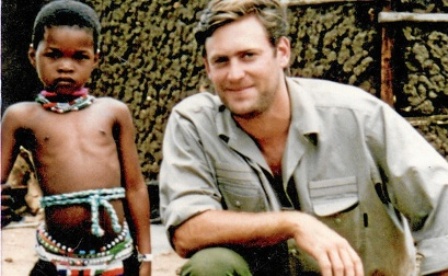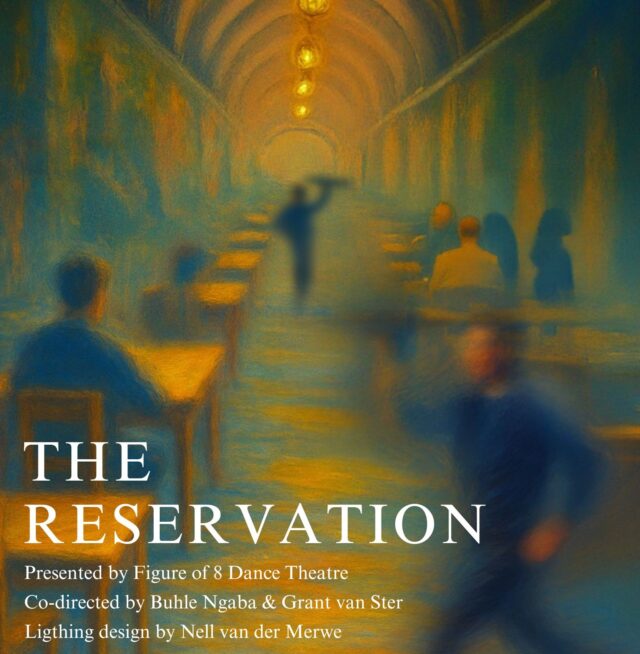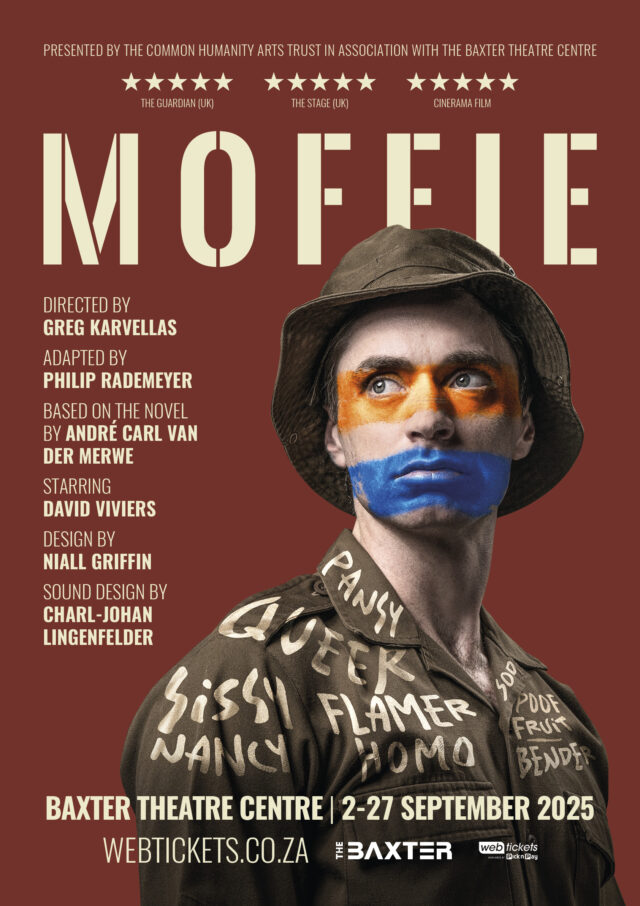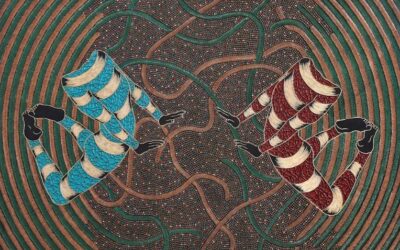The collection of a young man who courted danger across the continent is to be sold as ‘tribal art’ reports Brent Meersmann. A total of 520 pieces will be auctioned off in 87 lots by Stephan Welz & Co in the company’s first-ever “tribal art” auction.
In May 1992, Nicholas Penny (30), an adventurous young African art collector, disappeared after bad weather set in while he was river-rafting on the Wit Els river in the Western Cape. His body has never been found.
A Rhodes scholar, Penny studied economics at Oxford University, and completed his MBA as a Fulbright scholar at the Massachusetts Institute of Technology. He would later join Solomon Brothers on Wall Street.
His passion, however, was collecting African art, a pursuit he turned himself to full-time in 1990, building up a substantial collection. He went alone, undertaking expeditions to Zimbabwe and Zambia, travelling through war-torn Angola and traversing the then Zaire–now the Democratic Republic of Congo (DRC)–when the country “blew up” in civil war in 1991.
As provenance is a vital part of such collecting, it is significant that Penny purchased directly from the sources themselves.
His sister, Annabel Horn, says Penny’s love for African art stemmed from their childhood growing up on a farm near Bethlehem in the Free State with the Basotho people. “The people were very skilled. They made lovely mats and pots, and decorated their houses beautifully.”
Skirting compulsory military service, Penny became economic adviser to the government in KwaZulu in 1984. He at once set about collecting Zulu art with King Goodwill Zwelithini’s blessing and established the KwaZulu Cultural Museum in Ondini, the restored royal residence of King Cetshwayo.
“He would drive out into rural areas and live with the people, sleeping on mats in their homes … Not many white people would do that in those days,” Horn points out. “He felt he had a lot to learn from them.”
Penny collected in areas few white men dared to enter. There are references in his diaries to the bloody civil conflict escalating at that time–”we passed a burial of 19 men killed in fighting between Bathenba families”.
His diaries and letters, peppered with Zulu terms, reveal a methodical observer, quite devoid of any judgmental or colonising tone. He chastises white intransigence and condemns the “horrific” racial exploitation he comes across–a boy working 12 hours a day as a cotton picker for 50 cents a day.
He built his collection at considerable personal risk. In the DRC he stayed in mission stations in primitive conditions, walking in the jungle for days on end. In Angola, he was twice jailed for no good reason.
After his disappearance, Penny’s collection went on 20-year loan to the Iziko South African Museum, where it was well preserved but hardly exhibited.
A congeries of African artefacts, it includes many masks, wooden headrests, heavy bronze currency anklets, Pygmy bark cloths, fetish figures, ceremonial staffs and copper currency crosses. From Zululand there are beaded waistbands, aprons, neckpieces, chokers, anklets, bandoliers and collars, as well as decorative earplugs, woven baskets, shields and clubs.
A total of 520 pieces will be auctioned off in 87 lots by Stephan Welz & Co in the company’s first-ever “tribal art” auction.
The word “tribal” is problematic for its pejorative baggage, though an improvement of sorts on “primitive art”, as such collections are sometimes called. The appellation “art” has only relatively recently entered the reframing of how we view these artefacts–as part of the aesthetic discourse about their civilisations.
Unlike much of Western art, these objects perform cultural life. Abstracted from this context, they may now only be appreciated for their beauty, and preserved for knowledge.
An attendant sadness is unavoidable, much like saving polar bears or other endangered species while knowing that in the foreseeable future there will be no habitat on Earth left for them to live in.
Tribal art auctions are big money in New York and Paris, with rare objects selling at Sotheby’s and Christies for millions.
A Baga snake-dance mask from Guinea, West Africa, sold in June for over R30-million, a sign, it is believed, that investors rather than passionate collectors are entering the market.
Anton Welz says at least two major collections by South African collectors have been auctioned off overseas, notably the Egon Guenther collection at Sotheby’s, New York, which realised just under R15-million in 2000.
The Penny collection is more modest, with most individual lots expected to reach up to R10 000. A very fine mukyeem elephant mask with its trunk decorated with cowrie shells and kuba beads may reach R33 000, while a wooden Yoruba plate used to divine the future hardly meets the eye, but is one of the more valuable items.
A predilection for anthropomorphic work, a global prejudice that favours West African sculpture and decades of apartheid have meant that Southern African art has trailed behind.
“The masks will go well … It’s really untested waters for us and we haven’t a clue where it will go,” says Welz. “I don’t think enough people collected it [tribal art]. There are only a handful of collectors in South Africa. It is a very small market locally, though a big market internationally. In New York you’ll get $10 000 for a staff carved by the [so-called]Baboon Master [a presumed Zulu master carver who worked in Pietermaritzburg and Durban in the 1880s and 1890s].”
It is a pity to see the collection broken up by auction. Horn says the family contacted every museum they know. “We would like the South African pieces to stay [here],” she says, “but our museums seem to have no acquisition budget for preserving our country’s heritage.”
The family has retained the Xhosa beadwork and Ndebele collections. Wits University, which has invested substantially in African art, has shown interest in the Zulu collection and there is some hope in that direction.
The auction takes place on October 1 and 2 in Cape Town. Visit www.stephanwelzandco.co.za for more information
via Mail & Guardian.






